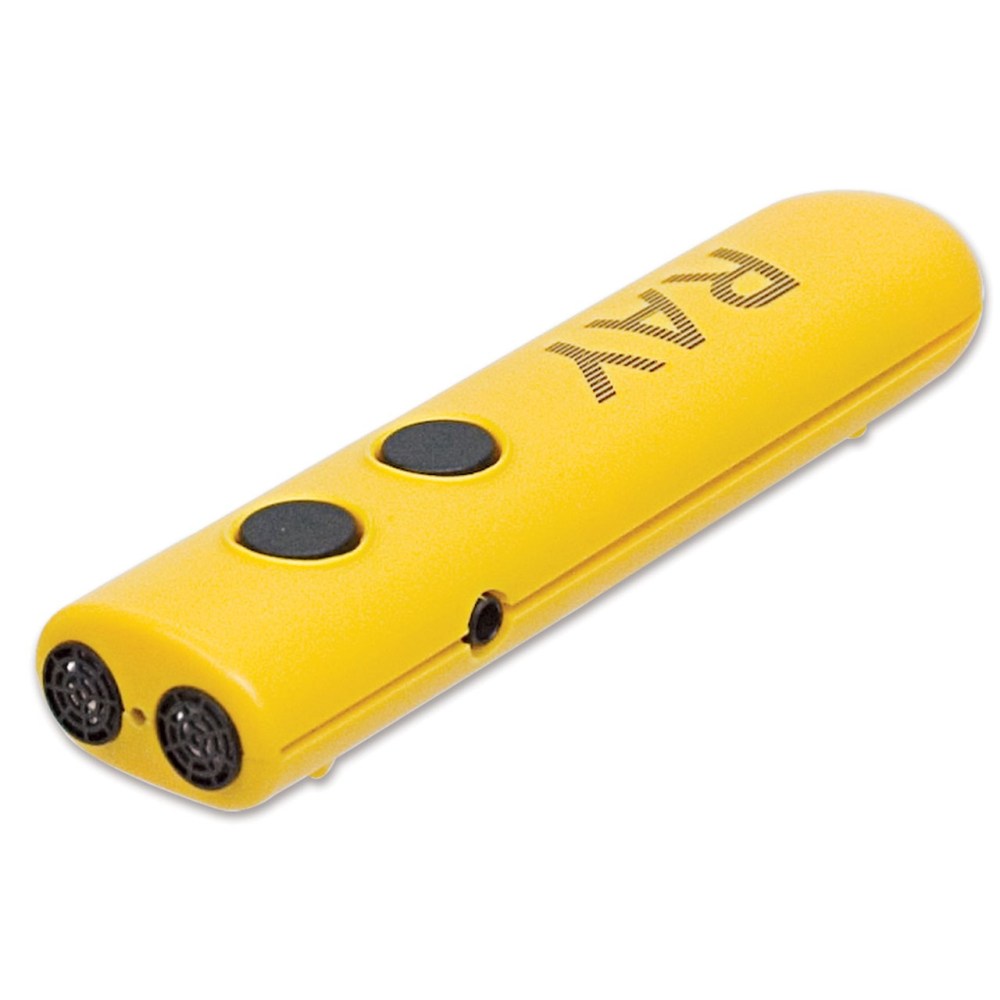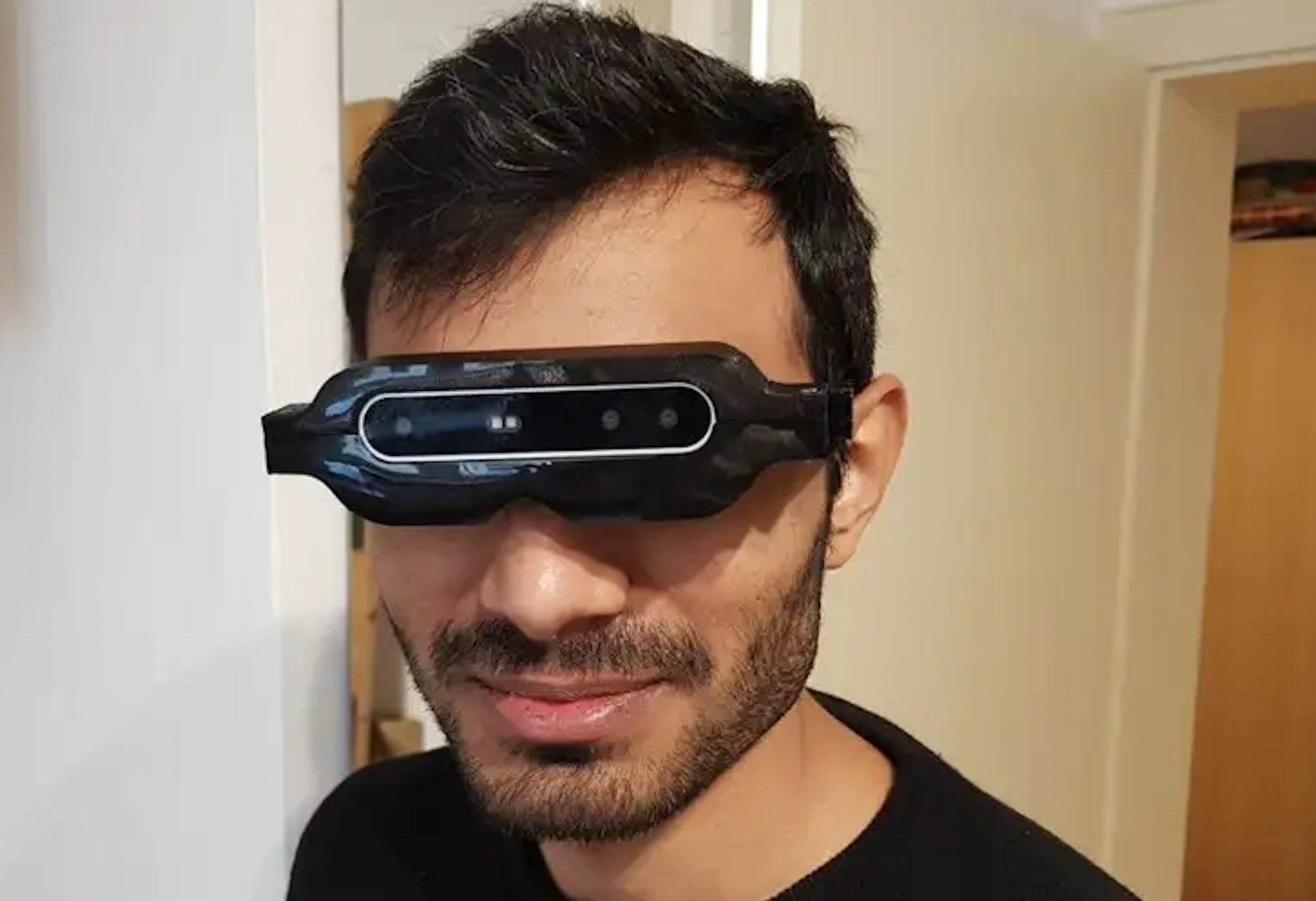Mobility Aids for Visually Impaired Users: Moving Through the World with Confidence
Mobility Aids for Visually Impaired Users: Moving Through the World with Confidence
Blog Article
Empowering Independence With Assistive Innovation for the Blind
The assimilation of assistive technology right into the lives of people with aesthetic disabilities stands for a substantial advancement in advertising independence and self-sufficiency. From innovative screen readers to advanced clever walking sticks, these devices not just improve day-to-day navigation and communication but likewise encourage users to engage meaningfully in various aspects of life. As we explore the myriad benefits and real-world applications of these innovations, it ends up being crucial to examine the hidden elements that add to their efficiency and the capacity for future advancements in this crucial field.
Review of Assistive Innovation

The growth of assistive innovation is based in principles of inclusivity and empowerment. Advancements in software, hardware, and sensory improvements give users with options customized to their certain requirements. From screen viewers that convert message to speech, to responsive devices that share information via touch, these tools change the method individuals involve with their environments.
In enhancement to useful applications, assistive innovation promotes greater social inclusion and engagement in different markets, including education and learning and work (Braille displays and notetakers). As research study and advancement remain to progress, the possibility for assistive modern technology to better enhance the lives of visually impaired individuals stays encouraging, leading the way for an extra fair culture where everyone can thrive
Kinds Of Assistive Instruments
A range of assistive gadgets have actually emerged to sustain people with aesthetic disabilities, each created to meet particular needs and boost everyday performance. These tools range from low-tech services to modern technologies, offering varied choices for individuals.
Low-tech tools include magnifiers and large-print materials that assist in reading and writing. Braille devices, such as Braille stylus pens and slates, make it possible for responsive reading and interaction. Alignment and movement help, like white canes, aid customers navigate their environment safely.
On the higher end of the spectrum, electronic zoom systems and screen viewers provide considerable assistance. Electronic magnifiers permit users to expand message and pictures on displays, while display visitors convert electronic content right into synthesized speech, promoting accessibility to info on smart devices and computers.
Smartphone applications additionally play an essential role, giving functions like text acknowledgment and navigation assistance. Wearable technology, such as clever glasses outfitted with increased fact, is becoming an appealing device to enhance situational recognition.
Advantages of Assistive Technology
The integration of assistive innovation dramatically boosts the lifestyle for individuals with aesthetic impairments. These modern technologies equip individuals by advertising independence, allowing them to browse their environments extra efficiently and carry out everyday jobs with higher convenience. Display viewers and zoom software program allow people to access electronic info, cultivating instructional and professional chances that might have formerly been out of reach.
In addition, assistive tools such as clever canes and GPS applications give real-time navigation support, boosting movement and safety. This boosted autonomy not just boosts self-confidence but also urges social involvement, allowing users to take part even more completely in their areas.
Assistive technology additionally helps with communication, helping customers get in touch with others through voice acknowledgment and text-to-speech applications. This ability is essential for preserving relationships and accessing critical info.
Furthermore, the customization choices readily available with numerous assistive modern technologies ensure that customers can customize gadgets to their certain requirements, better improving functionality and efficiency. Overall, the advantages of assistive modern technology for individuals with visual disabilities are profound, promoting a more inclusive society where every person can pursue their desires and objectives.
Study and Success Stories
Highlighting the transformative influence of assistive innovation, many instance studies illustrate how individuals with aesthetic problems have actually efficiently incorporated these devices into their daily lives. One engaging instance includes an university student that made use of screen reading software to browse scholastic products and online resources effectively. This innovation not only facilitated her education but also enhanced her confidence in taking part in discussions and team jobs.
An additional instance research includes a professional who utilizes a smartphone application created for navigating and things recognition. By utilizing this app, he has actually reclaimed freedom in both his personal and workplace, enabling him to commute click to read more independently and involve with associates better.
Furthermore, a retiree shared her experience with braille e-readers, which allowed her to access a large variety of literary works and remain connected with her community with book clubs.
These success tales highlight the vital duty of assistive modern technology in fostering freedom, improving lifestyle, and advertising social integration for individuals with visual disabilities (Screen readers for the blind). By accepting these cutting-edge devices, users can get over challenges and take possibilities that add to their personal and specialist satisfaction

Future Patterns in Assistive Innovation
Development in assistive innovation is poised to redefine the landscape of support for individuals with aesthetic impairments. Arising fads highlight the assimilation of artificial intelligence (AI) and equipment knowing, which improve the functionality of tools that aid with navigating and info accessibility. AI-driven applications are currently capable of translating aesthetic data in real-time, enabling individuals to involve with their atmosphere a lot more individually.
Furthermore, the development of wearable modern technology is progressing quickly. Smart glasses outfitted with augmented fact (AR) can give audio summaries of environments, transforming exactly how Homepage users interact with public rooms. These devices not only advertise freedom however also foster social addition.
Furthermore, the Net of Points (IoT) is making homes smarter, permitting for seamless connection in between everyday appliances and assistive tools. This new glasses frames connectivity equips customers by making it possible for voice-activated controls and computerized feedbacks customized to private requirements.
Conclusion
To conclude, assistive modern technology plays an essential role in equipping people with visual impairments by boosting their independence and involvement with their surroundings. The varied range of applications and tools readily available not only facilitates navigating and interaction however likewise advertises social integration and opportunities for individual and professional development. As improvements proceed in this field, the potential for boosting the lifestyle for those with aesthetic disabilities will certainly increase, promoting greater autonomy and empowerment.

Report this page